INTRODUCTION
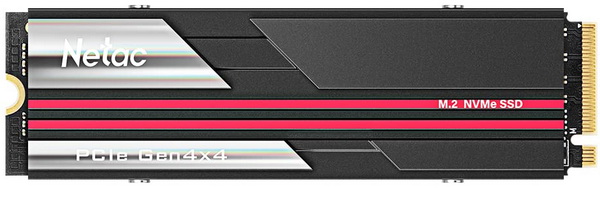
With the very first PCIe Gen5 M.2 NVMe SSDs finally in the market (and a few even in the lab currently) professionals, enthusiasts and even demanding gamers have something to look forward in the coming months, at least in the storage segment of the PC market. Still the fact that just a handful of motherboard models currently support Gen5 SSDs means that Gen4 models will not be going anywhere, not anytime soon and with quite a few of them featuring performance numbers that even surpass 7000MB/s the vast majority of users is clearly already covered. According to Netac their PCIe 4.0 Gen4 NV7000 series of M.2 NVMe SSDs is among those models and today with me i have the 2TB variant.
Started in May 1999, Netac Technology (Stock Code at Shenzhen Exchange: 300042) is a leading flash memory manufacturer based in Shenzhen. Through more than ten years' growth, Netac was successfully listed in Growth Enterprise Market in January 2010, becoming the first listed removable storage supplier in China. Netac is the trademark used for our USB flash memory products. As the inventor of flash memory and a leading new-generation storage product manufacturer, Netac possesses the first generation of USB-based flash memory technology in the world. We focus on manufacturing of flash memory products, such as USB flash storage, portable hard drive and solid state disk, especially on security and encryption of USB flash storage and portable hard drive. We have a wholly-owned production base for processing of all flash storage products. At present, Netac Technology (Hong Kong) Limited and Leapro Technology Co., Ltd. are two fully subsidiary companies of Netac Technology Co., Ltd. Leapro Technology Co., Ltd is the holder of the SD-3C license.
The NV7000 line of PCIe 4.0 Gen 4x4 M.2 NVMe v1.4 SSDs by Netac is currently available in 3 capacities (1/2/4TB) and is based on the Rainier IG5236 eight-channel NAND flash controller by Innogrit. The 2TB capacity model which i have here with me also features 2GB DDR4L DRAM by SK Hynix and 176-layer 3D TLC NAND flash by Micron. In terms of technologies the Innogrit Rainier IG5236 controller is fully packed with end-to-end data protection, LDPC (low-density parity check) error-correction with SRAM ECC, programmable RAID, smart cache, AES encryption and fully supports SHA, RSA, ONFI 4.1 and Toggle 4.0. Netac covers the entire NV7000 line with a 5-year limited warranty and reports a MTBF (mean time between failures) of 2 million hours for all 3 models and a TBW of 700 for the 1TB model (640 in the datasheet), 1400 for the 2TB model (1280 in the datasheet) and 3000 for the 4TB model. Let's see how the brand new NV7000 2TB Gen4 M.2 NVMe SSD by Netac does.
SPECIFICATIONS AND FEATURES

PACKAGING AND CONTENTS
Netac uses a small box to ship the NV7000 inside the front of which is taken by a product picture, their logo and the model capacity.
The drive connectivity is printed at the rear in 23 languages just over the 5 year limited-warranty and a sticker with the serial and part numbers and barcodes.
Along with the NV7000 inside the box Netac has also placed two screws and the installation instructions.
THE NV7000 2TB
Netac uses a thick aluminum heatspreader with the NV7000 line making it ideal for systems with not very robust M.2 cooling.
A sticker at the rear of the heatspreader has the product name, serial number, barcode and capacity on it.
Removing the heatspreader reveals the Innogrit Rainier IG5236 eight-channel NVMe 1.4 NAND flash controller, 1GB SK Hynix DDR4L DRAM module and two Micron 176-layer 3D TLC NAND flash modules.

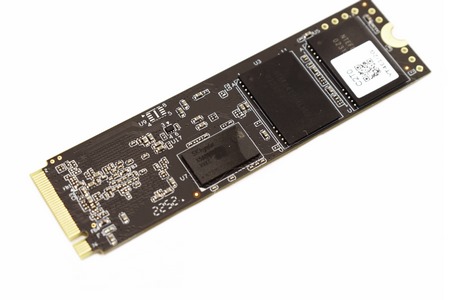 On the opposite side we find another SK Hynix DDR4L DRAM module (again 1GB) and two more Micron 176-layer 3D TLC NAND flash modules.
On the opposite side we find another SK Hynix DDR4L DRAM module (again 1GB) and two more Micron 176-layer 3D TLC NAND flash modules.
TEST BED


TESTING METHODOLOGY
Not long after I first started testing SSDs back in 2008, I concluded that it's almost impossible for any single benchmark suite to accurately measure their performance and that's why in certain benchmark suites we see amazing read/write performance numbers with some drives while in others things are quite different. The reason behind this is that some benchmarking suites are configured to read and write random chunks of data while others read and write constant (sequential) ones. So that's why i always use a very wide selection of benchmarking suites including AIDA64, HD Tach RW, HD Tune Pro, Crystal Disk Mark, Sisoftware Sandra Pro, AS SSD, IOmeter and ATTO. To get the most accurate results each test gets repeated a total of 6 times with the average performance numbers recorded into the charts*/****. Also, as of February 25th 2015 our results will also include the Storage Networking Industry Association’s (SNIA) IOMeter tests. These tests include a 12 Hour write test used to “simulate” performance degradation over time and a mixed workload test which basically shows what you can expect when using an SSD continuously for roughly two hours. Unfortunately, due to the time required for these tests they get repeated a total of 3 times and not 6 as the above.
Many people have made inquiries about our charts in the past so once again please do keep in mind that the Charts have the average performance numbers of each drive recorded and not the peak (highest) ones. Also, although every single one of these programs can help potential buyers choose the right drive for their needs you should also remember that from any kind of benchmark up to real world usage the gap is not small (and usually most differences will go unnoticed by most people). All tests were performed in a fresh Windows 10 Pro x64 installation complete with every update up to the date of this review.
* Since November 2018 the SSD comparison charts have been divided to 2.5” and M.2 models to reduce their growing size.
** Unless stated otherwise the Ryzen 9 3950x based Test Rig used for M.2 Gen 4 SSD reviews is not located in the lab.
*** As of January 2021 for Gen 3x4 models I’ll be using the Core i9-7980XE test rig (after numerous tests the up to 6% difference in read & write performance compared to the i7-6700 system simply wasn’t enough to justify having an extra test rig around).
**** Since February 2022 M.2 NVMe Gen3 and Gen4 SSD drives are placed in different charts.
TEST RESULTS - AIDA64 / ATTO


TEST RESULTS - HD TACH RW / HD TUNE PRO
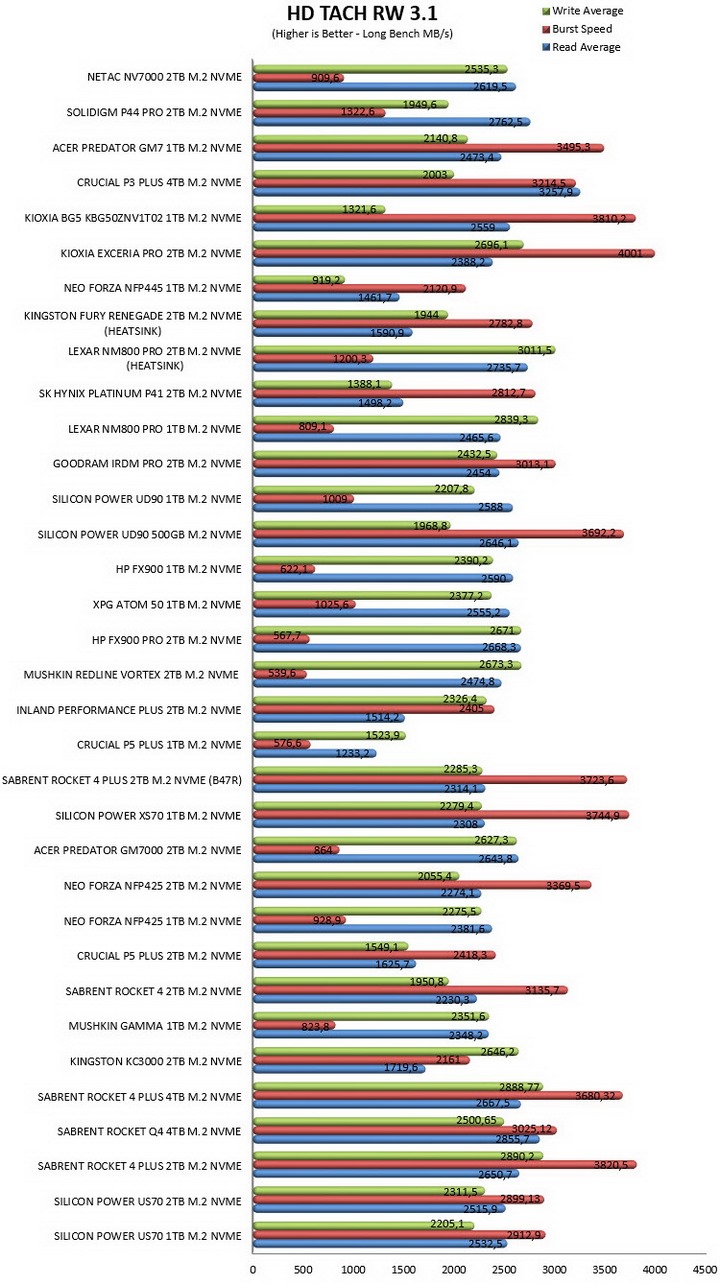

TEST RESULTS - SISOFTWARE SANDRA PRO / CRYSTAL DISK MARK


TEST RESULTS - AS SSD / IOMETER


TEST RESULTS - IOMETER SNIA
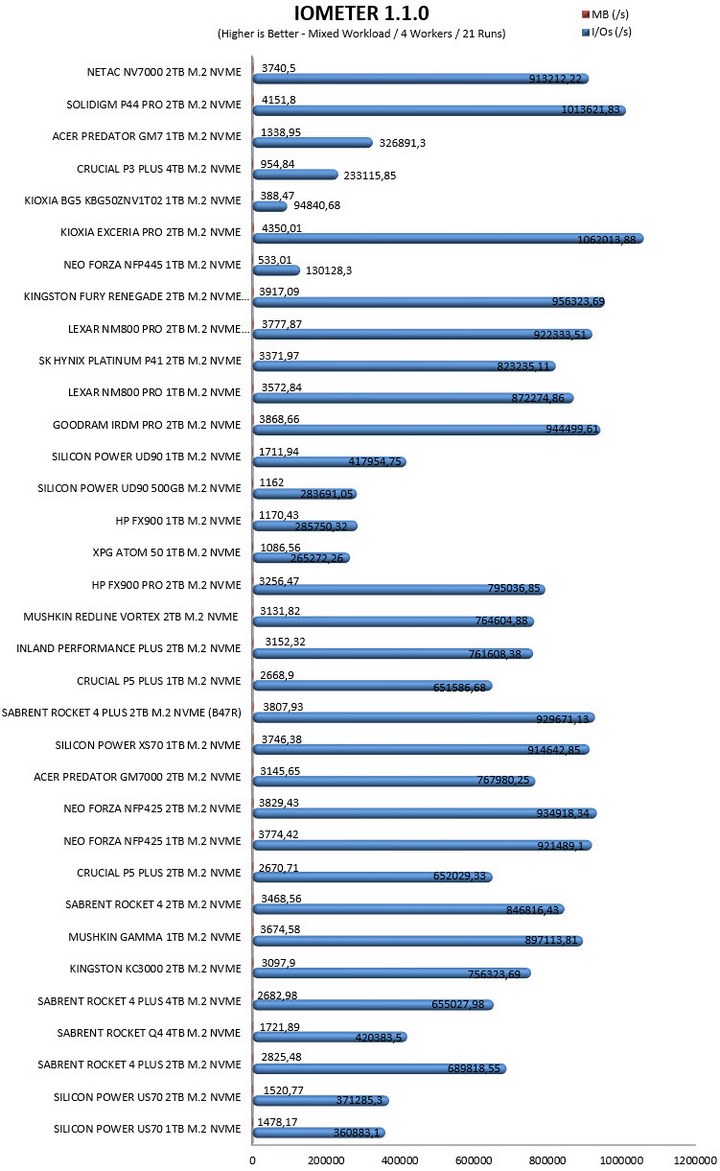
CONCLUSION
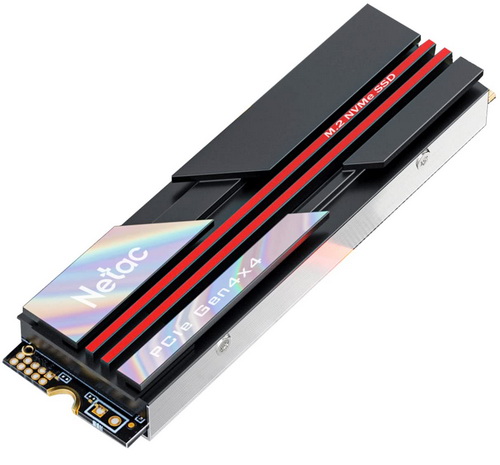
Netac may not be the 1st name to come in mind when talking about SSDs (and storage media in general) but their NV7000 PCIe 4.0 Gen4x4 model actually did very well in my tests and in some cases even surpassed every other model in the charts. Overall performance is very good, endurance numbers are some of the best I’ve seen (the difference between datasheets and website is strange but in both cases endurance numbers are high) and as for its heatsink well in my 12 hour IOMeter tests the NV7000 showed no signs of thermal throttling which is why it produced the best result to date. And then we have the 5-year limited warranty so all that’s left is cost.
At the time of my review the NV7000 2TB PCIe 4.0 Gen4x4 M.2 NVMe SSD by Netac retails for just 150.68Euros inside the EU (Amazon.de – 25% voucher available at checkout) so not really much to say here, pricing is very aggressive. Bottom line there’s not much I can say about the NV7000, everything from performance to endurance, pricing and even warranty checks out and for that it deserves the Golden Award.

PROS
- Near Excellent Performance Levels
- Endurance (1400TBW / 2 Million Hours MTBF)
- Heatsink (No Thermal Throttling)
- 5 Year Limited Warranty
- Price (Currently / EU)
CONS
- USA Availability

 O-Sense
O-Sense








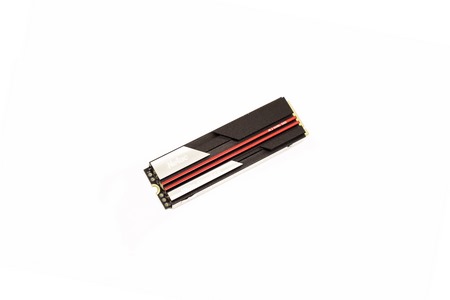


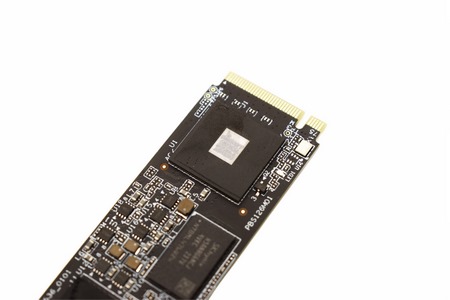
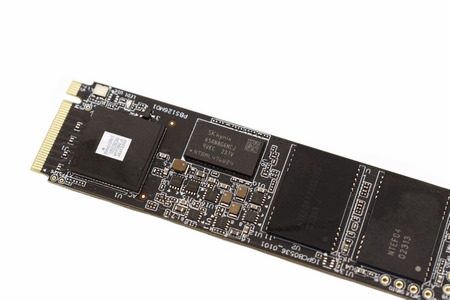
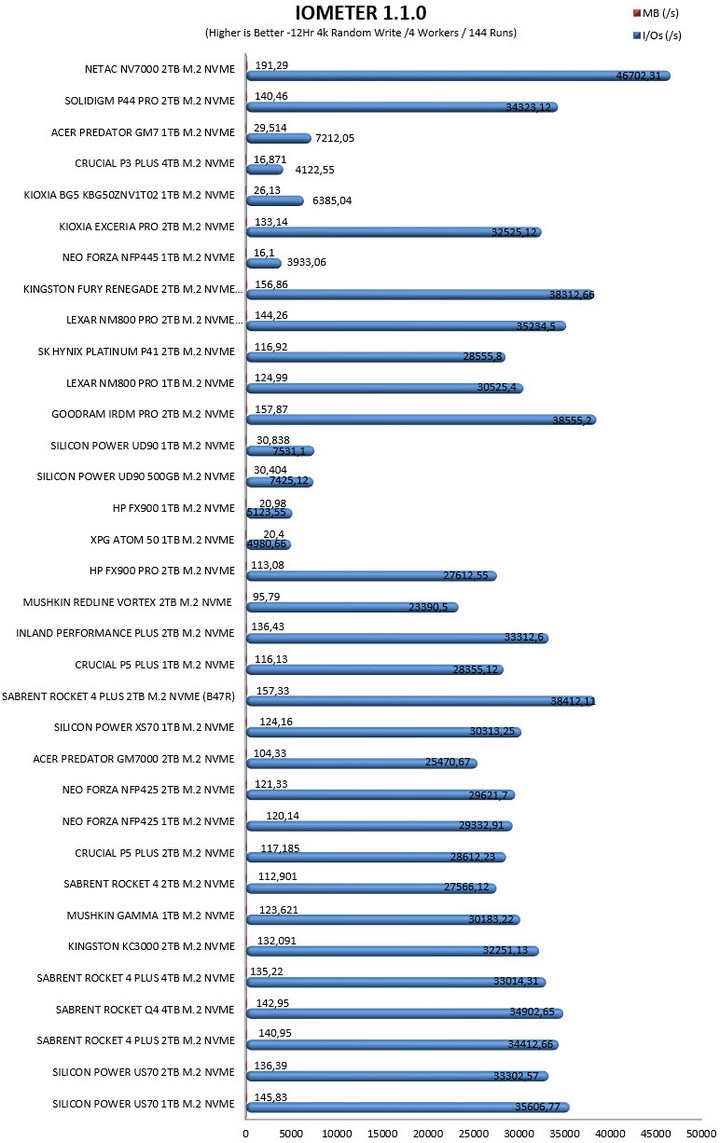
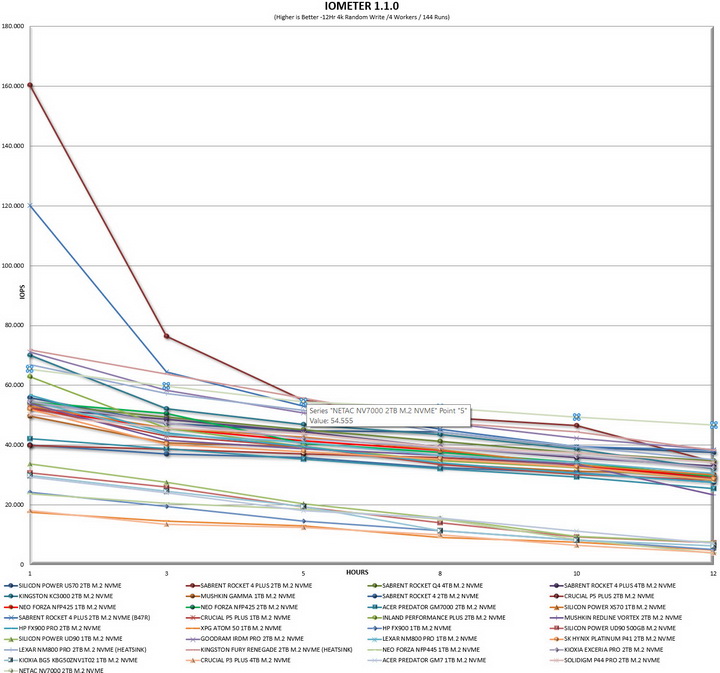


.png)

